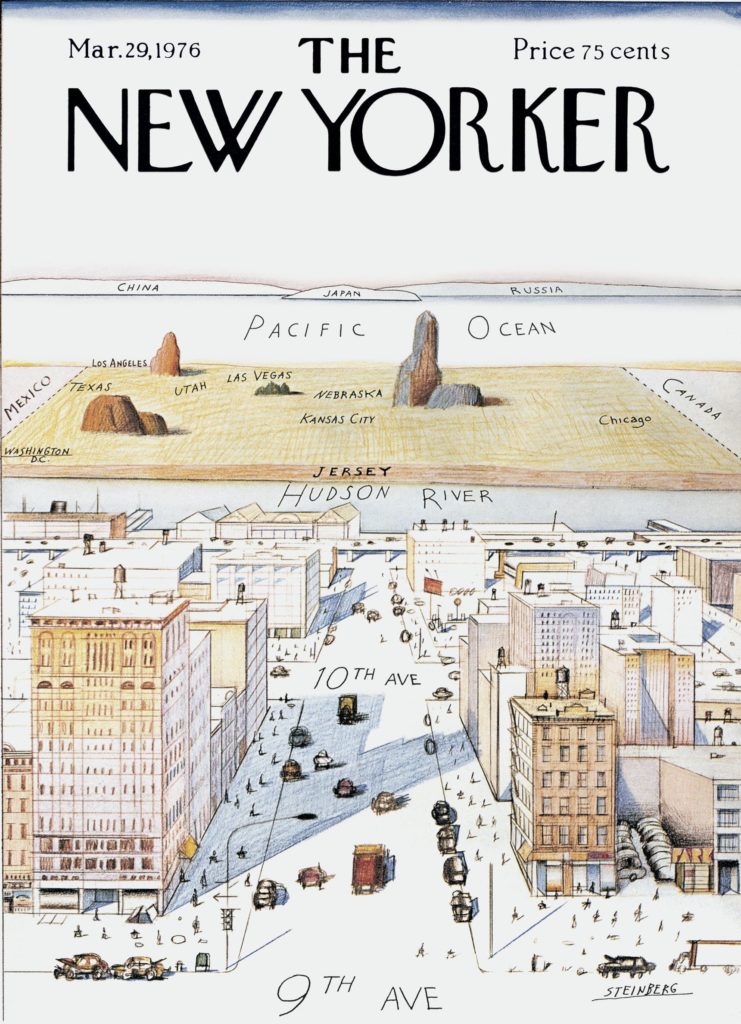Alison Black, Professor of User-centered Design in the Department, led week 3’s Baseline Shift talk on approaches to academic writing. Rather than discussing the technical aspects of writing, such as how to construct clear sentences, she focused on the emotional experience of writing, the barriers that stop us settling down to write, and the mindset required to produce good writing.
When does writing happen?
Alison suggested that there’s a tendency to see writing as something distant that happens at the end of a project – ‘writing up’ – while we focus on designing or carrying out research with users, or making notes on reading; whereas it’s something that we should be doing all the way through, noting down sentences and paragraphs that might go into our final written work.
How does writing happen?
In relation to how writing occurs, some parts of an essay or report are easier to write than others, and so we shouldn’t expect to write in a straight line from introduction to conclusions. The writing we’ve done while designing or researching might be unevenly balanced across the topics we need to cover in our final written work. If we create an essay plan we can see where we already have a lot of material, and where there are gaps to fill. By taking this approach we’re more likely to produce a balanced essay that addresses the topic we’ve been asked to cover.
Who do we write for?
Alison stressed that we need to take into account who we’re writing for and remember that ‘the reader is not necessarily you’. Using well-known jokes she showed how we share a lot of knowledge as a group (so we recognise the chicken joke, just from its last line ‘To get to the other side’). When we’re writing essays, however, the reader might not know the topic area we’ve researched and we shouldn’t make assumptions about their understanding.
In academic writing it is important to give evidence to prove to your reader that your information is reliable. Evidence, such as references, should be used to substantiate your statements.
Where do we write?
Recommendations for writing often stress writing regularly, at the same time and in the same place, in order to create a ‘writing habit’. Alison showed pictures of where famous authors, from Ernest Hemingway to J.K. Rowling, have written. She commented that as students, with many conflicting demands on our time, this ‘writing habit’ is often difficult to achieve and it might be better to accept that it’s not going to happen at a set place or time – the best thing to be able to write, however, is to ensure that we feel physically comfortable.
It’s never right the first time
Alison suggested we should be confident about our own writing, since we are all writing in different ways (including text messaging) during our everyday lives. However, unlike some other forms of writing, academic writing should be a process of drafting just like designing. It needs time to review and revise what we have written, and take in the comments of others. Using drafts of her own writing she explained that it’s easy to become attached to what you have written but that listening to others’ advice will usually improve your drafts. Going back to her initial theme of ‘When to write’ she explained that this process of drafting requires time. She also suggested that reading other people’s writing is one way to improve as a writer and recommended reading some of the books and articles written by Departmental staff.
Her final slide gave four key pieces of advice about writing
- Do it now, don’t leave it for later
- Think of your reader
- Love your writing, but edit it
- Get comfy to get a writing habit

